As a telehandler operator, it’s no secret that the job comes with its own unique safety risks. Many operators are unaware of the specialised safety training programmes available to maximise safety and minimise potential accidents. There’s no doubt that telehandler safety training is an essential part of being a responsible operator.
In this blog post, we’ll discuss the importance of telehandler safety training and how understanding the risks associated with this job can help make your workplace significantly safer. We’ll also cover key resources available to help operators stay up-to-date on their safety-related responsibilities. By the end, you should have a better understanding of why telehandler safety training is so important and the various ways you can easily access the knowledge and resources you need when operating a telehandler.
Quick Clarification of Key Points
Telehandler safety training for operators allows them to understand how to properly use the machine, identify hazards and safely operate the machine in any environment. By learning how to correctly handle a Telehandler, it can help reduce the risk of injury and increase workplace safety.
What is a Telehandler?
A telehandler, also known as a telescopic handler or boom lift, is a type of construction machinery used to help move and lift heavy items. Telehandlers are mobile and are able to reach high heights that other machines may not be able to access. They are common in warehouses, factories, and construction sites and typically have extendible arms with a variety of attachments that can be added or removed depending on the job.
When used correctly and safely, telehandlers are extremely versatile machines that can help make tedious jobs faster and easier. However, when abused or used without proper training, they can be dangerous and put workers at risk for serious injury or death. This is why telehandler safety training is essential for operators who will be using this type of machinery.
Operating a telehandler requires specialised knowledge, including understanding how to safely manoeuvre the machine and knowing the limits of what it can do. Operators need to understand any potential hazards associated with the telehandler in order to avoid them. Without properly trained operators, injuries from misuse or accidents on the job could occur. That’s why it’s so important for professionals to get trained on how to safely use this type of machinery before they begin operating one on a worksite.
By understanding the basics of what a telehandler is and its capacity for versatile usage, it’s clear why safety training is essential for operators. In the next section we will discuss in greater detail why safety training is so important when it comes to working with telehandlers.
- A study found that almost 25% of workplace fatalities involving forklifts and telehandlers are caused by inadequate operator training.
- Data from the U.S Bureau of Labour Statistics shows the number of forklift-related deaths increased from 63 in 2012 to 87 in 2017, while the total number of hours worked with forklifts has remained relatively unchanged.
- According to a study published by the National Institute for Occupational Safety and Health (NIOSH), involving 3781 participants, those who have received formal safety training had a 75% lower chance of having an accident than those without any safety training.
Why is Telehandler Safety Training Important?
Telehandler safety training is important for a variety of reasons. The most important reason is to ensure the safety of the operators and anyone else in the vicinity. Without proper training, an operator can easily put themselves and others at risk of injury or worse due to incorrect operation, handling, manoeuvring, and loading of telehandlers. Proper use and understanding of safety equipment is also essential for operator safety and requires proficient knowledge through training.
The cost-benefit analysis for adequate safety training also yields significant economic returns. Any serious injuries or liabilities resulting from a lack of proper safety training can result in significant financial losses for businesses. This underscores the importance of providing adequate telehandler safety training to protect both workers’ health, as well as employers’ interests.
Finally, aside from the obvious immediate implications and benefits from telehandler safety training there are long-term returns that should not be overlooked. In addition to mitigating the risk of a major incident due to improper use or operation, regulated safety instruction promotes practises that build relevant skills and habits that will continue with operators throughout their career in equipment handling.
Telehandler safety training is therefore essential for creating an effective and safe work environment while protecting both personnel and assets. By educating operators on accepted standards, best practises, and current regulations it’s possible to create an atmosphere of confidence and trust over time. Thus leading into the next section on “Regulations and Laws” which outlines what specific requirements must be met in order to meet safety standards when operating telehandlers.
Regulations and Laws
When it comes to telehandler safety, government legislation plays a crucial role in setting parameters on operator training and usage. Regulations may vary from region to region, but typically require employers to adequately train operators before allowing them to use the machine and take steps to protect workers from being injured in the same. Employers must also regularly inspect telehandlers to ensure they are functioning properly and are up-to-date with any new regulations.
Critics of the current laws often point out that many rules are outdated, leaving certain areas of safety open to interpretation by regulatory bodies. For example, while most regions do have guidelines regarding the initial/minimum level of training required for operators, there is not often guidance on what type of additional training might be necessary depending on the specific job at hand. Additionally, some argue that without any enforcement or penalty mechanisms in place for companies who fail to adhere to regulations, the laws are rendered toothless and are ineffective in their implementation.
On the other hand, proponents of said laws argue that they provide a standardised foundation of basic safety knowledge that can help companies create informed policies regarding telehandler usage and utilisation. By establishing clear guidelines and warning signs of operator negligence, employers can better protect their workers from harm while ensuring compliance with industry standards.
Having an understanding of all relevant laws & regulations is an essential part of operating a safe and efficient workplace when using telehandlers. With proper training and oversight, facilities can reduce accident risks and improve overall operational effectiveness. The next section will discuss ways for reducing accidents and risks associated with telehandler operation so businesses can ensure their personnel are safe on the job.
Reducing Accidents and Risks
When it comes to operating a telehandler, reducing accidents and risks is of paramount importance. These machines are large and powerful, capable of doing immense damage if not handled properly. In order for operators to safely operate telehandlers, they must be equipped with appropriate safety training.
In particular, operators should be trained in recognising hazardous conditions as well as how to handle the machine in those situations. For instance, they should be taught how much weight the machine can lift safely, as well as how to identify when the load is too heavy or off-balance. Furthermore, operating a telehandler requires significant discipline; it is easy for inexperienced operators to become distracted while using the machine—and that can create a situation where an accident occurs. Thus, operators should be trained on how to stay focused and maintain their situational awareness while operating a telehandler.
Finally, all employees who may be exposed to a workplace hazard involving a telehandler should be provided with proper machine guarding and other engineering controls. While employers are responsible for ensuring that adequate safety measures are implemented, workers also have an important role to play in staying informed about potential hazards and following safe practises around machinery. By ensuring these steps are taken, employers, workers, and visitors can better protect themselves from potential accidents involving telehandlers.
It is clear that by taking proper safety precautions and training employees in standard procedures for operating a telehandler, organisations can significantly reduce the risk of accidents on their premises. In the next section of this article, we will explore what types of training are typically included in most telehandler safety courses and why they are so important for operators working with these machines.
What Does Telehandler Safety Training Entail?
Telehandler safety training is essential for operators to have in order to operate the machine safely and effectively. Training provides an understanding of the basics, such as knowing how to use emergency stop controls, safely controlling the speed of the vehicle, understanding the risks associated with operating a telehandler and appreciating any special hazards specific to the workplace environment. This is important not just for avoiding accidents but also to ensure that work is carried out efficiently and within safety regulations.
However, some may argue that basic operational safety should already be known by an operator and that spending money on training courses is unnecessary or a waste of resources. While it is true that basic operational safety can be taught and applied via practical experience on the job, formal training courses enable operators to systematically learn best practises for different situations, often in a classroom setting but sometimes online or at a hands-on site depending on the nature of the course. In addition, when combined with follow-up assessments and practise sessions, formal training courses can better prepare operators by establishing individual competence criteria to help ensure safe operation of telehandlers in the workplace.
Overall, employers have a responsibility to ensure employees who operate telehandlers receive adequate safety training related to their specific work environment. Telehandler safety training allows both employers and operators alike to be confident that all necessary procedures are followed, reducing risk factors like accidental injuries or property damage due to operator errors. With this in mind, it is clear that telehandler safety training is essential for operators to know in order to protect themselves as well as others while operating these heavy vehicles.
Having discussed what telehandler safety training entails, we will next discuss how skills and knowledge are developed through further assessment and practise sessions after initial formal training courses.
Key Points to Know
Telehandler safety training is essential for operators and should include components such as emergency stop controls, controlling the speed of the machine, understanding risks associated with operating a telehandler, and recognising special hazards in work environments.While basic safety knowledge can be obtained through practical experience on the job, formal training courses enable operators to learn best practises in different situations. Follow-up assessments and practise sessions allow an operator’s competence to be established and help ensure safe operation of telehandlers in the workplace. Telehandler safety training is necessary for both employers and operators to protect against accidental injuries or property damage due to operator error.
Development of Skills and Knowledge
Telehandler safety training is essential in order for operators to remain safe while using a telehandler. The successful development of skills and knowledge related to operating a telehandler can only be achieved through a commitment to effective training. Training should include both theoretical and practical learning systems so that the operator is able to become confident in their ability to control, manoeuvre and operate the telehandler correctly and safely.
Having basic operational knowledge before starting any job is also key when operating a telehandler as this will allow the operator to develop their skills quickly and efficiently. This can include gaining basic knowledge from an instructional manual or guide that provides information about controls, capacities, checklists and warnings related to the specific type of telehandler being used. With access to the right materials, an operator should have an understanding of usual safety protocols and recommended use procedures before beginning work.
The importance of taking part in supervised onsite practical training with instructors who are certified or qualified to train operators is paramount when operating a telehandler. During this training, skill development requires focus on several essential areas; such as mastering in-cab controls, operating the machine in different environments and perfecting lift capacity procedures.
These training sessions provide operators with the opportunity to gain valuable experience under the watchful eye of an expert instructor ensuring they are completing tasks safely and efficiently. Competent interaction between trainers, machine owners, supervisors and operators is important during these sessions in order for operators to leave feeling ready for independent operation.
Safety considerations are at the heart of all training programmes developed for telehandlers; as it is important that personnel involved in machine operation remain aware at all times of potential hazards posed by the task at hand. The aim of mandatory safety training offered throughout North America and Europe is that it ensures safe operation which prevents accidents occurring due to lack of knowledge or disregard for safety regulations.
By developing skills and knowledge related to telehandler operation through science-based training methods, operators are able to confidently take on any task regarding lifting activities with telehandlers that may arise throughout their career while also creating safer workplaces overall. Moving forward into our next section, we’ll explore how following simple tips and advice can help ensure proper functioning and extend the life of your telehandler equipment during operation.
Telehandler Operation Tips and Advice
One of the most important elements of telehandler safety training is the development of a solid understanding of how to properly operate a telehandler. Even with extensive training, operators should be educated on a few helpful tips and advice for enhancing not only the safety but also their ability to succeed when working with this valuable equipment.
First and foremost, operators should always know their surroundings by actively scanning for potential hazards like wet surfaces or unsteady structures that could collapse. Before starting work, they should check the brakes, steering and hydraulic lines to make sure everything is functioning correctly. Carefully review the load rating plate and identify any obstacles in the surrounding workspace before commencing operation. They should strive to keep as much distance between themselves and the walls/corners of buildings/hangars while loaded as possible.
When operating a telehandler it is essential that a safe speed is maintained that will allow control of the machine even at higher speeds; traversing too quickly can pose unnecessary risks to both you and your surroundings. Knowing the machine’s blind spots is paramount to safe operation — this requires paying attention to mirrors or camera screens installed around the device. Operators should avoid sudden movements and stops which can cause abrupt jerking motions that could lead to an unexpected shift in balance or worse: an overturning incident. Furthermore, never leave a block double-stacked with additional weight if it appears unstable.
It’s important for operators to become comfortable with their machine by getting to know it inside-out prior to beginning work. Always use safe lifting practises when moving around goods: keeping hands away from pinch points and maintaining balance when shifting goods from side-to-side. Operators should be aware of changing temperatures throughout each job while they are in operation as a way to measure how long they should be operating during certain conditions until necessary maintenance is performed on the device — such as checking fluid levels (hydraulic oils), tyres, hoses and wiring among other components to ensure its safety upon each successive job completion.
Above all, operators should stay focused on their job no matter what — distractions can cause severe injury or worse so stay alert! With these key points in mind, any operator can safely complete each task assigned in no time while helping continue operations run smoothly throughout the entire worksite facility.
Conclusion:
These tips and advice presented serve as reminders for new and experienced telehandler operator alike — knowledge is power when it comes to staying safe when utilising these complex pieces of machinery. In conclusion, understanding all safety protocols is key for any successful worksite operation involving telehandlers; proper preventive maintenance being equally as essential for ensuring its effectiveness over time will be discussed in the following section.
Conclusion
Telehandler safety training is essential for operators to understand the risks involved in using this type of machinery. A comprehensive programme addressing both knowledge and skills is needed to ensure that operators are aware of the potential hazards they may face while on the job, and how to safely operate their telehandler. Operators should be well-versed in topics such as inspection, maintenance, and operation of the machine so that they can accurately identify any mechanical issues that may arise during usage. Additionally, operators must be trained in best practises for loading and unloading material, as well as safety precautions specific to telehandlers.
The importance of telehandler safety training cannot be underestimated. In order to protect workers and those around them, companies must invest in employee education programmes related to the use of these machines. Research supports this idea that these programmes should not just focus on operator knowledge but also increase skill development and understanding of best practises when using a telehandler. Implementing such a programme can drastically reduce the risks associated with using a machine as powerful and potentially dangerous as a telehandler.
Frequently Asked Questions and Their Answers
What is the most common safety hazard faced by telehandler operators?
The most common safety hazard faced by telehandler operators is related to the use of the machine in tight or confined areas. The size of the vehicle and its ability to lift large loads can present issues with limited headroom, obstructions and limited sight lines. This can create a dangerous situation if the operator is unaware of their surroundings and can result in severe injury or property damage if not managed properly. It is important for telehandler operators to be constantly aware of their positioning and operate in a safe manner when navigating tight areas.
What safety topics should be included in telehandler operator training?
When it comes to telehandler operator training, there are several key safety topics that should be covered. First and foremost is the importance of proper lifting techniques. Operators should understand how to maintain a secure hold on the load while moving it and they should never attempt to carry too much material at once. Additionally, operators should learn how to safely move through tight spaces and how to properly manoeuvre the telehandler without striking obstacles or walls.
Another important topic to consider is the hazard of tipping over when using a telehandler. Operators should be aware of any weight limit restrictions and must keep their weight centred within the confines of the vehicle to avoid tipping risks. They must also be aware of uneven terrain, weather conditions, and other environmental factors that could affect stability.
Finally, operators should understand the hazards associated with working at heights. This includes knowing which safety precautions to take as well as how to securely attach and use safety harnesses when necessary. It is essential that all operators undergo basic fall protection training in order to prevent serious injury or death due to falls from elevated surfaces or equipment.
Ultimately, comprehensive telehandler safety training is critical for maintaining safe operation and preventing accidents in the workplace. By covering these essential topics and ensuring that all operators understand them thoroughly, employers can create a safer environment for both workers and customers alike.
How often should telehandler operators receive safety training?
Telehandler operators should receive safety training on a regular basis, ideally at least once a year. This is important because telehandlers are large pieces of machinery capable of performing multiple tasks, and their operation requires advanced skills and knowledge. Regular safety training ensures operators are up-to-date with new regulations, best practises, and any changes in the equipment that may impact operations. Additionally, refresher courses can help remind operators of their responsibility to act safely when operating the telehandler. Finally, comprehensive safety training provides operators with a thorough understanding of the safe working environment for other workers around them, which is essential for protecting everyone from injury and harm.
- 5 Tips for Keeping Your Telehandler in Top Shape
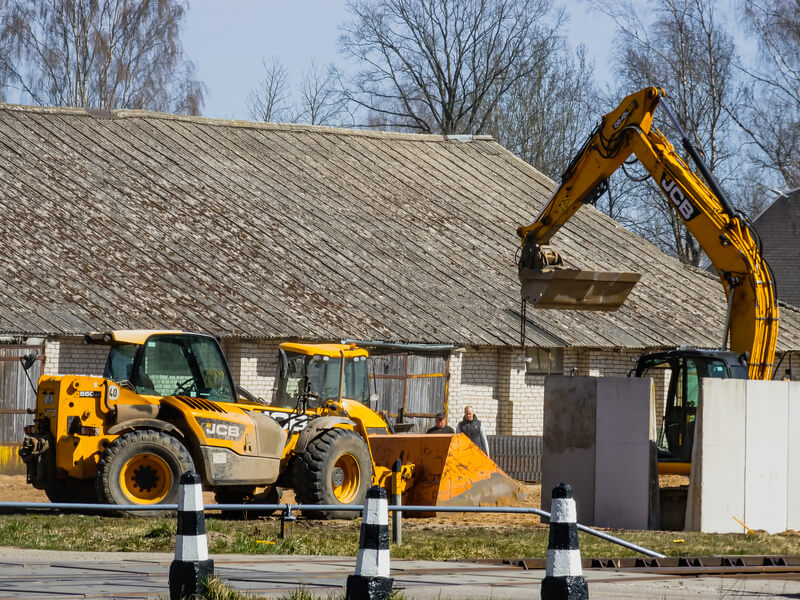
- Benefits of Telehandler Hire for Construction Projects
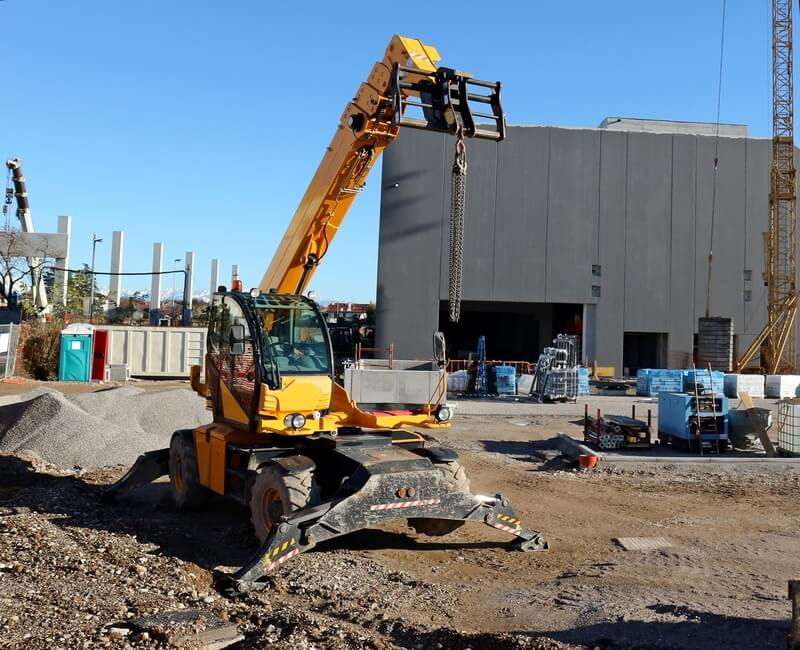
- How Telehandler Hire Can Help You Save Time and Money
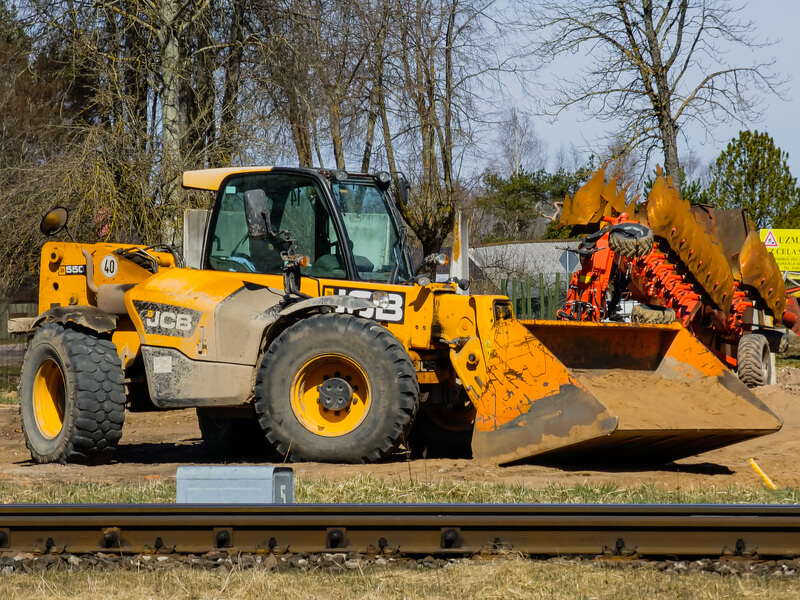
- How Telehandlers are Revolutionising Warehouse and Logistics Operations
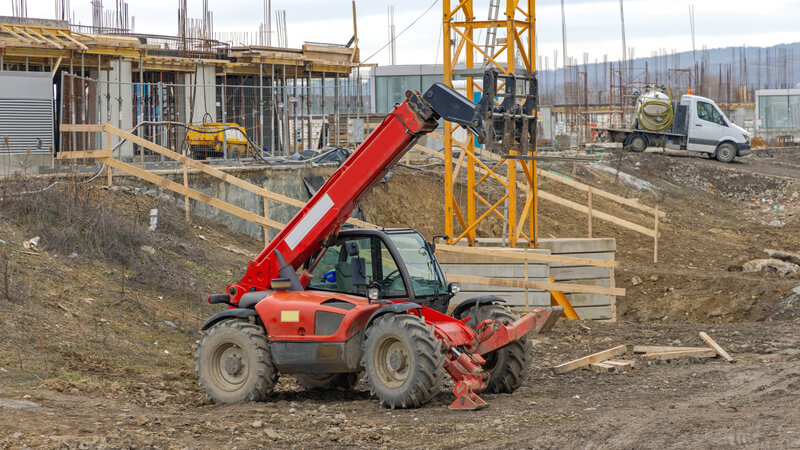
- How to Choose the Right Telehandler for Your Job: A Guide to Finding the Perfect Fit
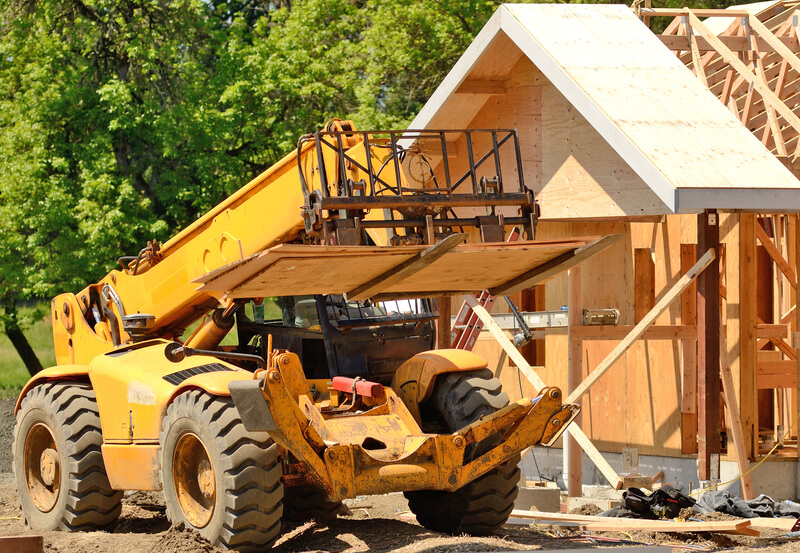
- Telehandler Safety Training: Essential for Operators to Know
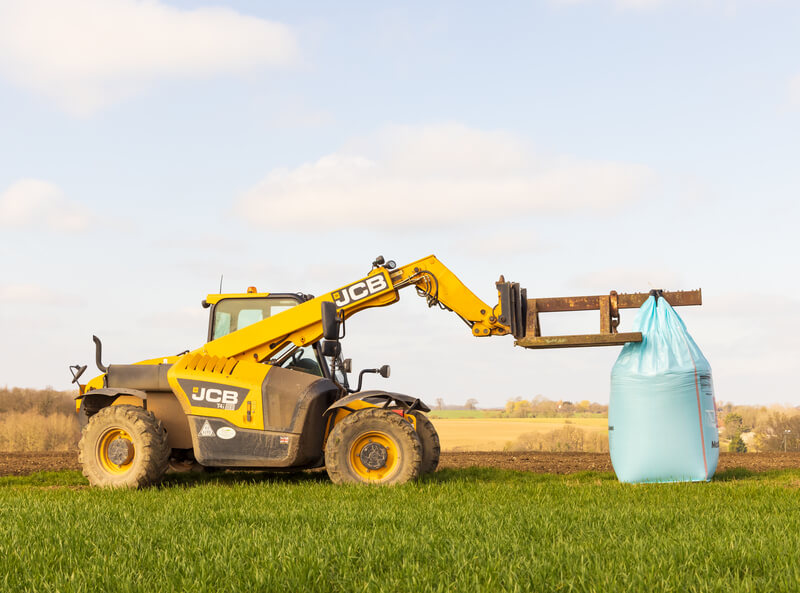
- Unlock the Advantages of Hiring a Telehandler for Farming
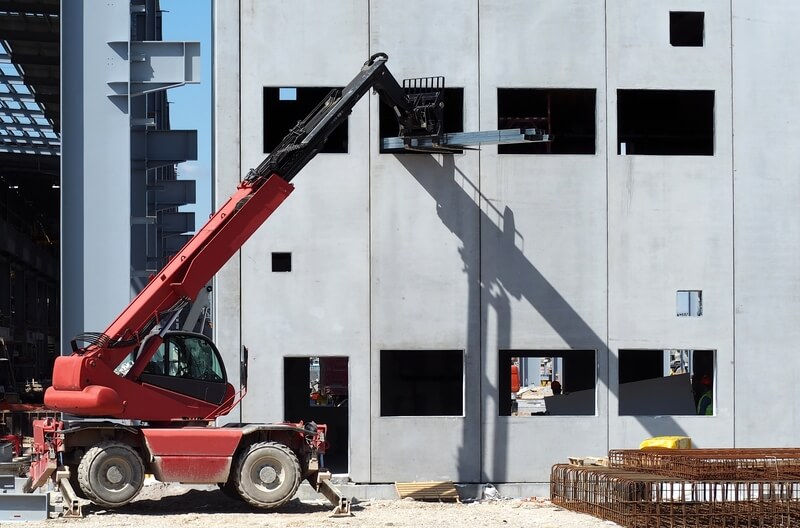
- Unlock the Potential of Your Telehandler with These Attachments
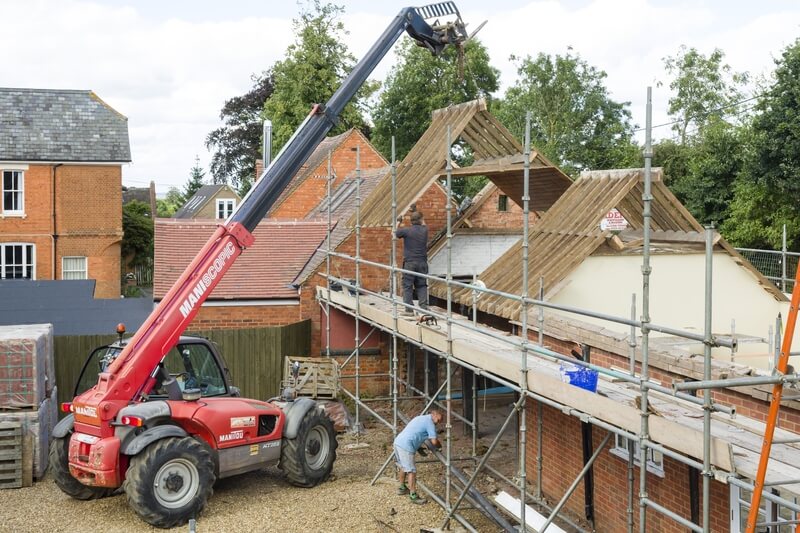
Areas We Cover
- Telehandler Training Greater London
- Telehandler Training Essex
- Telehandler Training Hertfordshire
- Telehandler Training Kent
- Telehandler Training Surrey
- Telehandler Training Bedfordshire
- Telehandler Training Buckinghamshire
- Telehandler Training Berkshire
- Telehandler Training Cambridgeshire
- Telehandler Training East Sussex
- Telehandler Training Hampshire
- Telehandler Training West Sussex
- Telehandler Training Suffolk
- Telehandler Training Oxfordshire
- Telehandler Training Northamptonshire
- Telehandler Training Wiltshire
- Telehandler Training Warwickshire
- Telehandler Training Norfolk
- Telehandler Training Leicestershire
- Telehandler Training Dorset
- Telehandler Training Gloucestershire
- Telehandler Training West Midlands
- Telehandler Training Somerset
- Telehandler Training Worcestershire
- Telehandler Training Nottinghamshire
- Telehandler Training Bristol
- Telehandler Training Derbyshire
- Telehandler Training Lincolnshire
- Telehandler Training Herefordshire
- Telehandler Training Staffordshire
- Telehandler Training Cardiff
- Telehandler Training South Yorkshire
- Telehandler Training Shropshire
- Telehandler Training Greater Manchester
- Telehandler Training Cheshire
- Telehandler Training West Yorkshire
- Telehandler Training Swansea
- Telehandler Training North Yorkshire
- Telehandler Training East Riding of Yorkshire
- Telehandler Training Merseyside
- Telehandler Training Devon
- Telehandler Training Lancashire
- Telehandler Training Durham
- Telehandler Training Tyne and Wear
- Telehandler Training Northumberland
- Telehandler Training Cumbria
- Telehandler Training Edinburgh
- Telehandler Training Glasgow